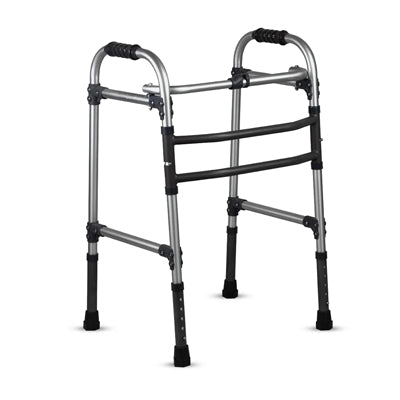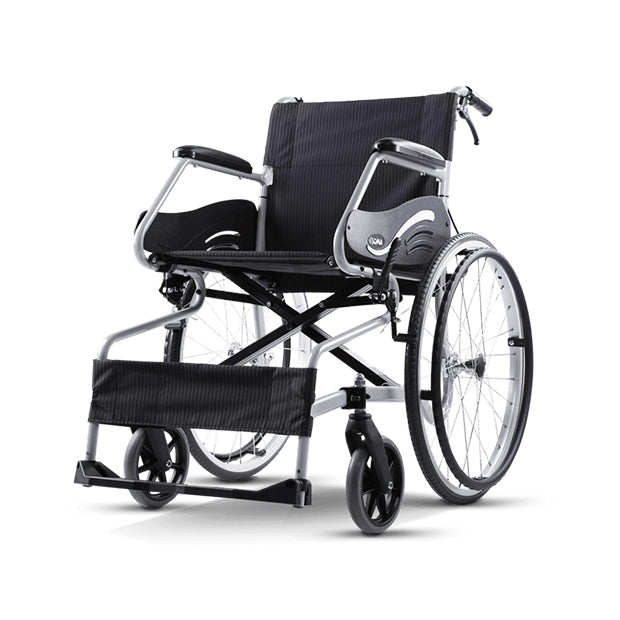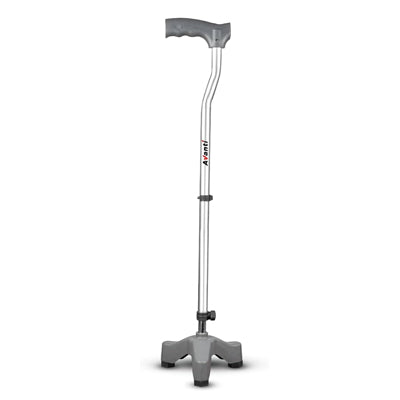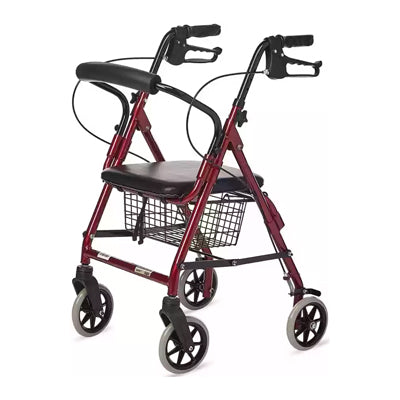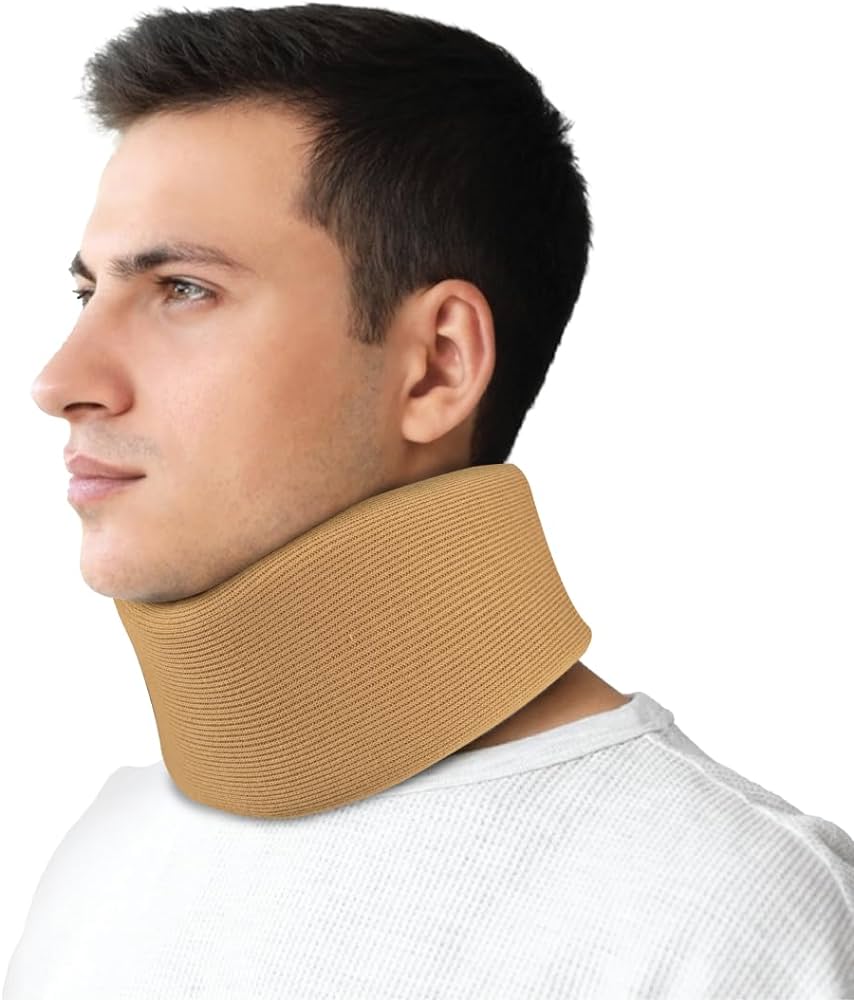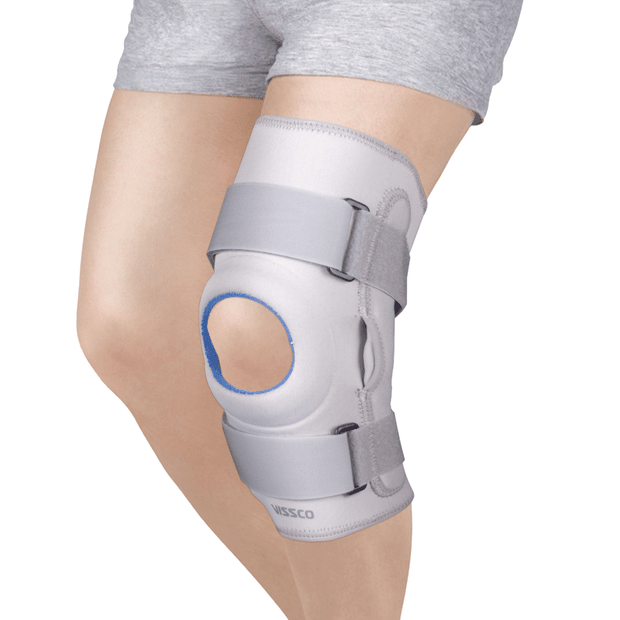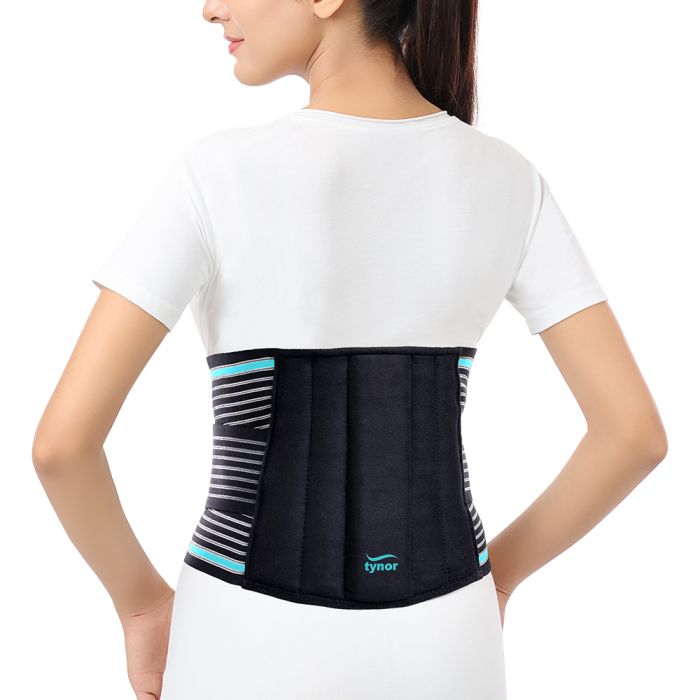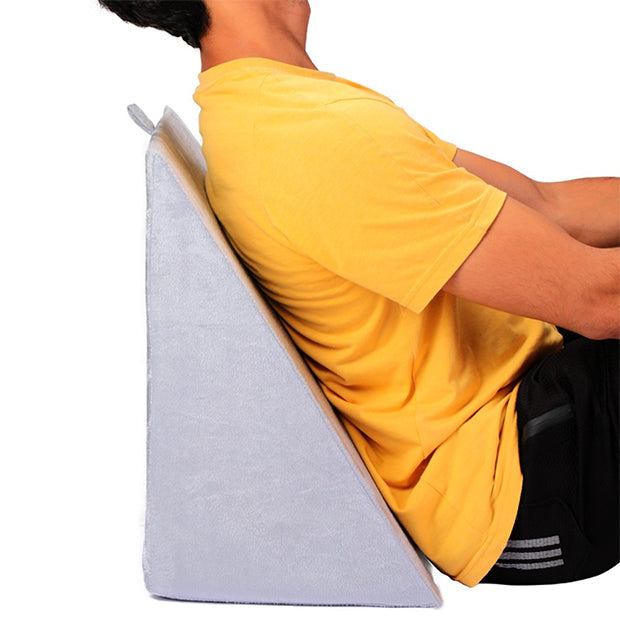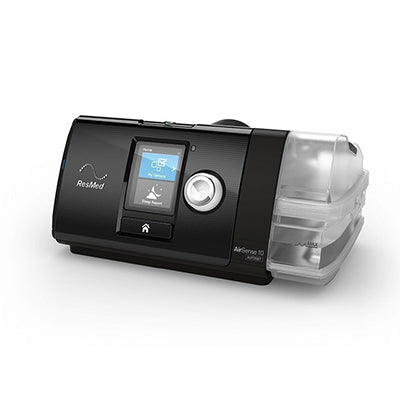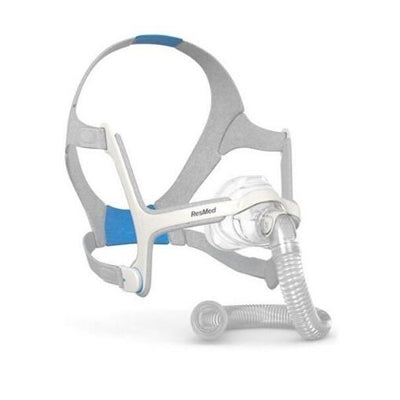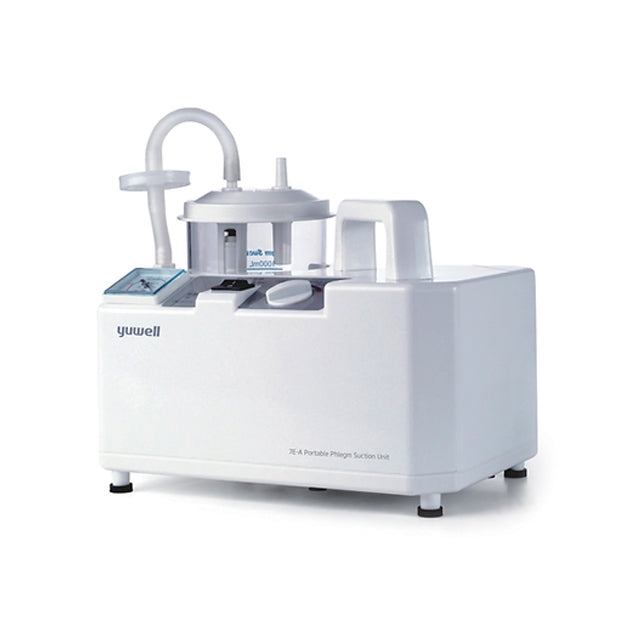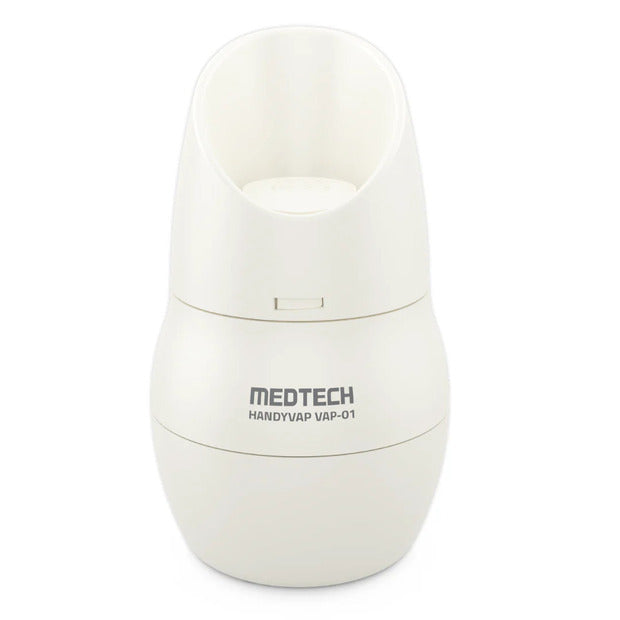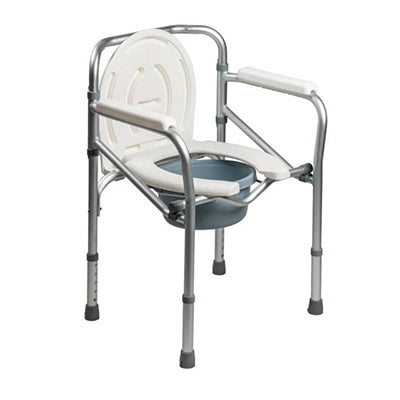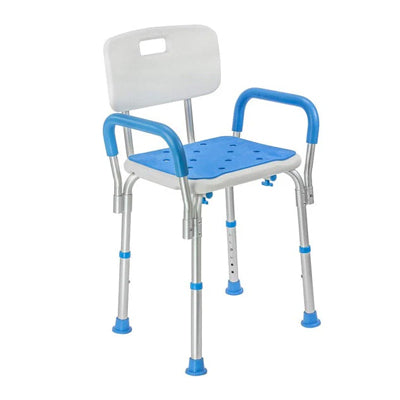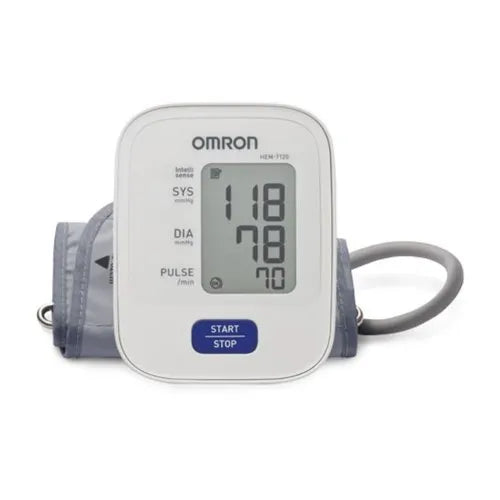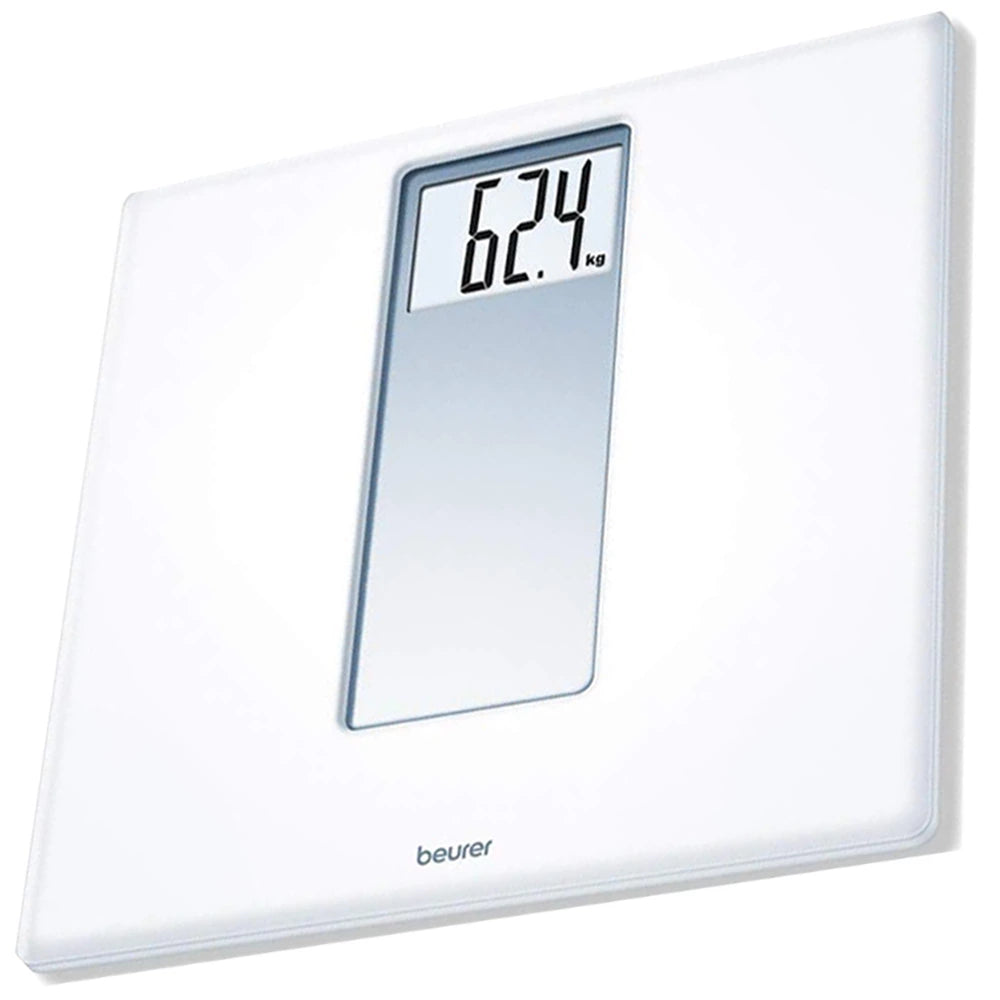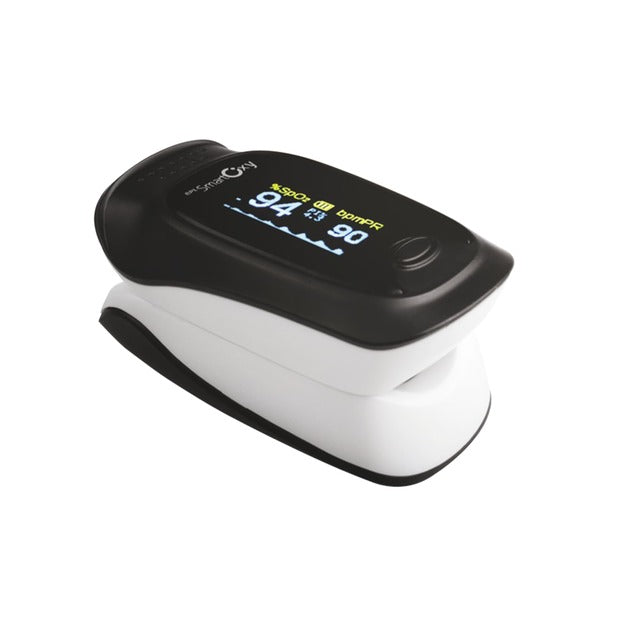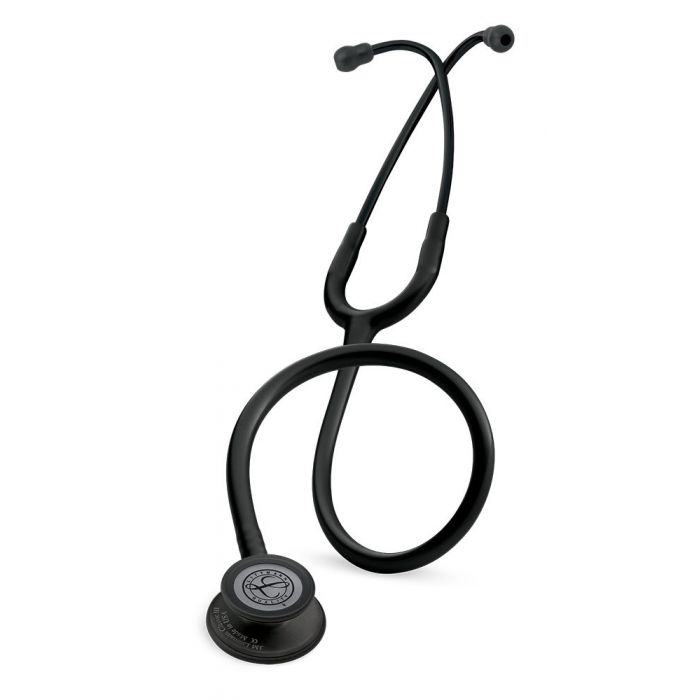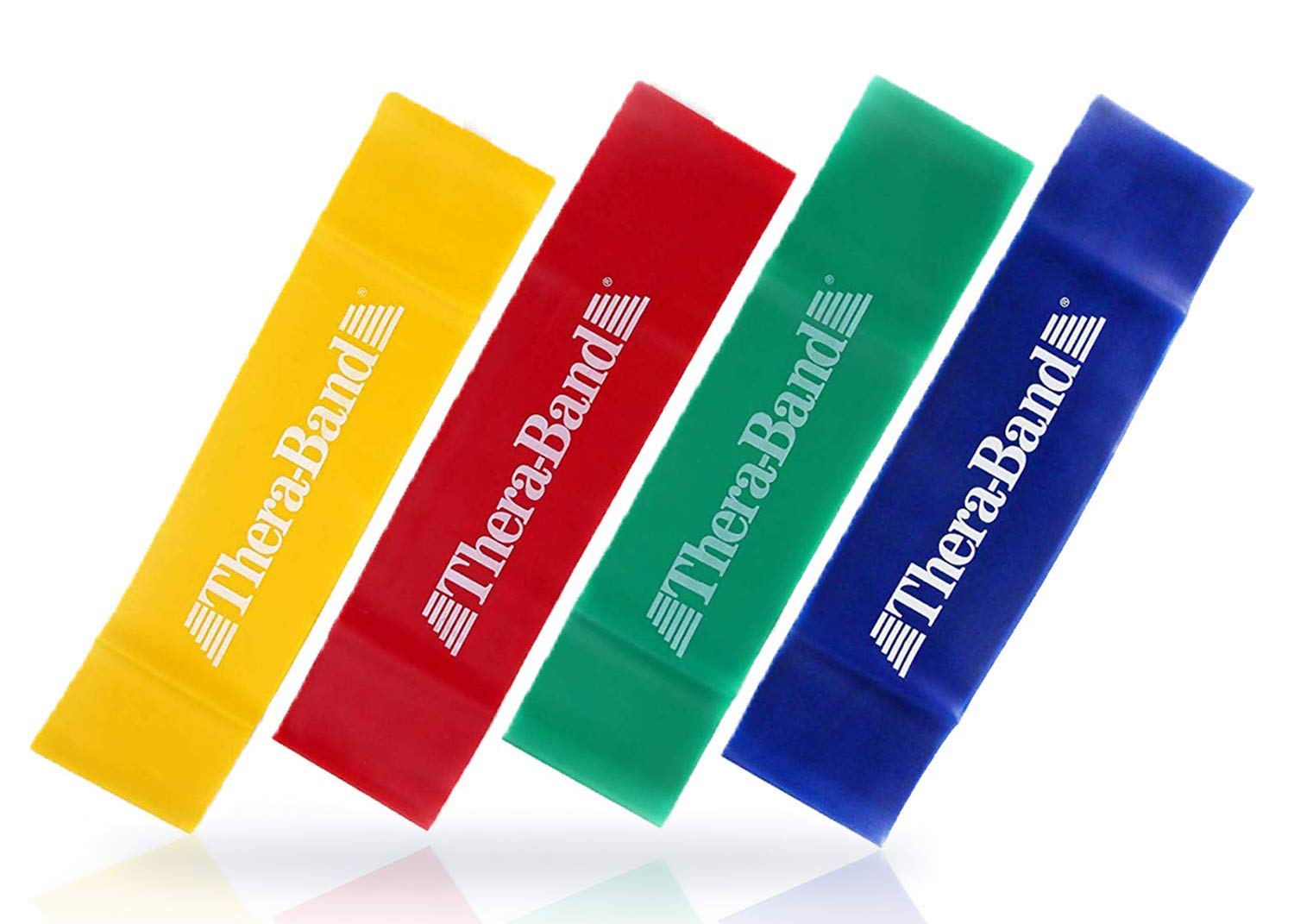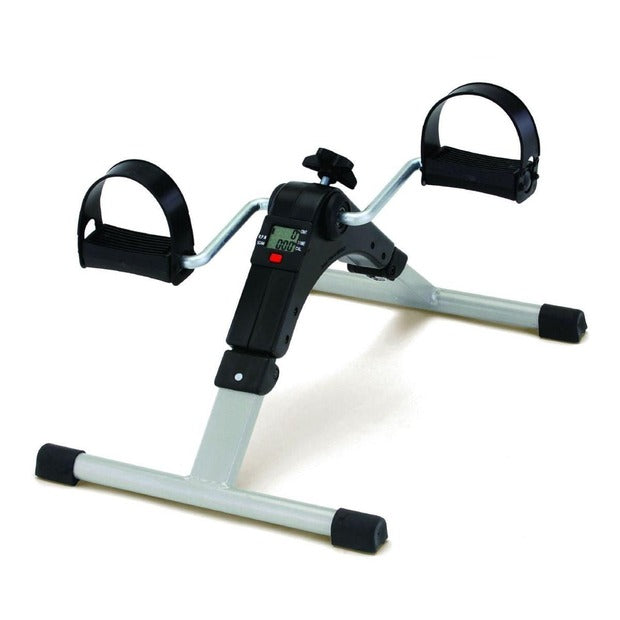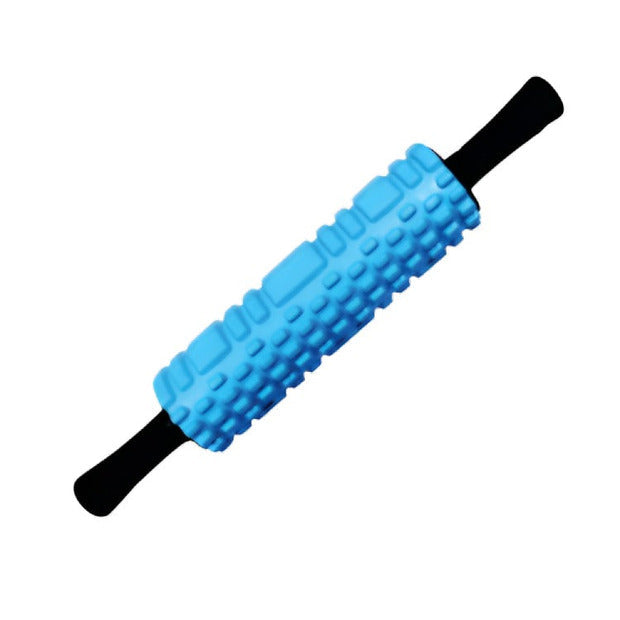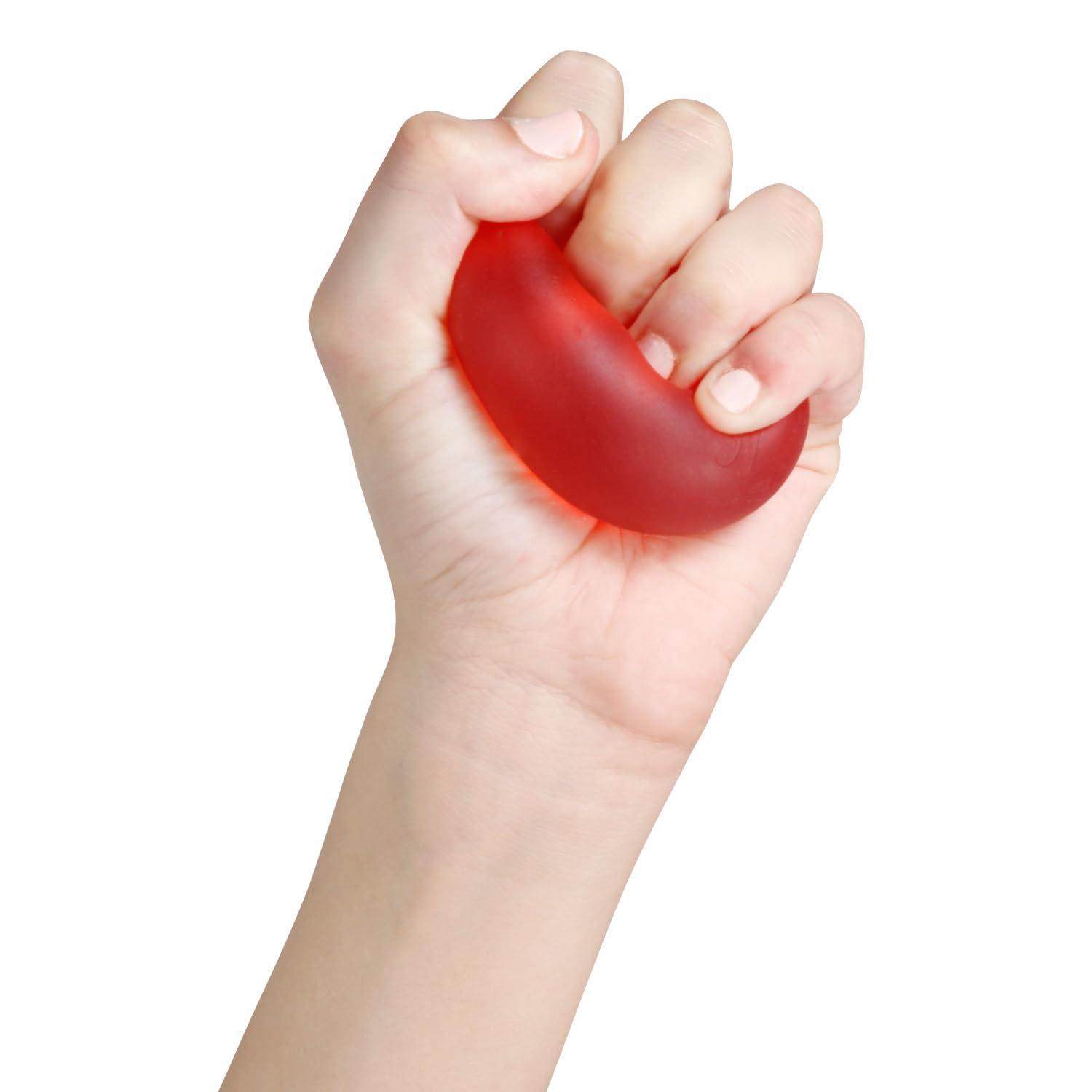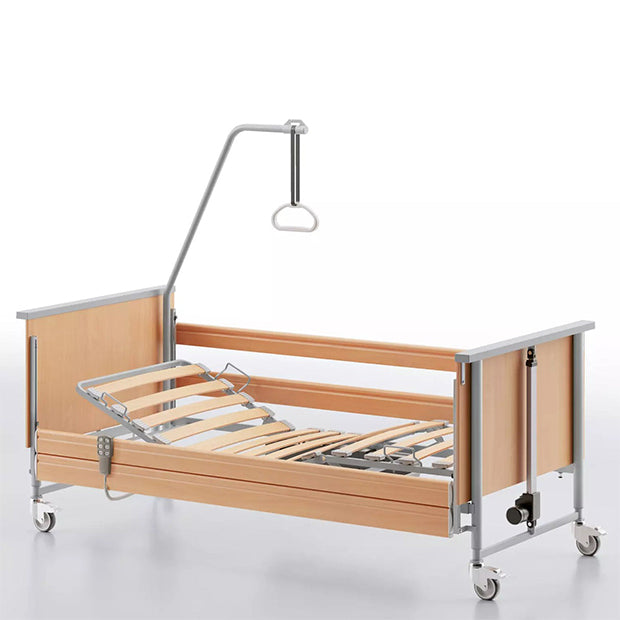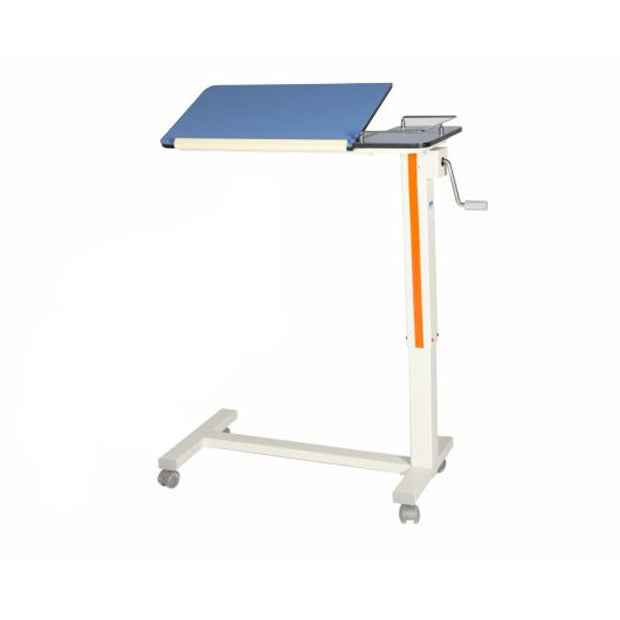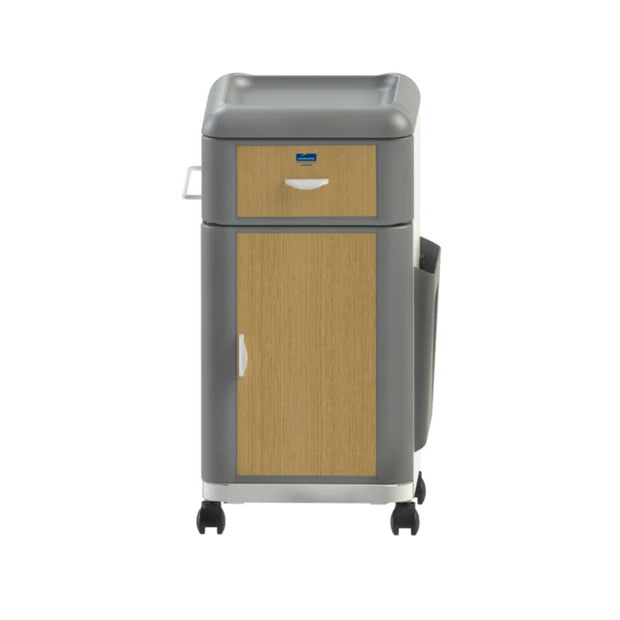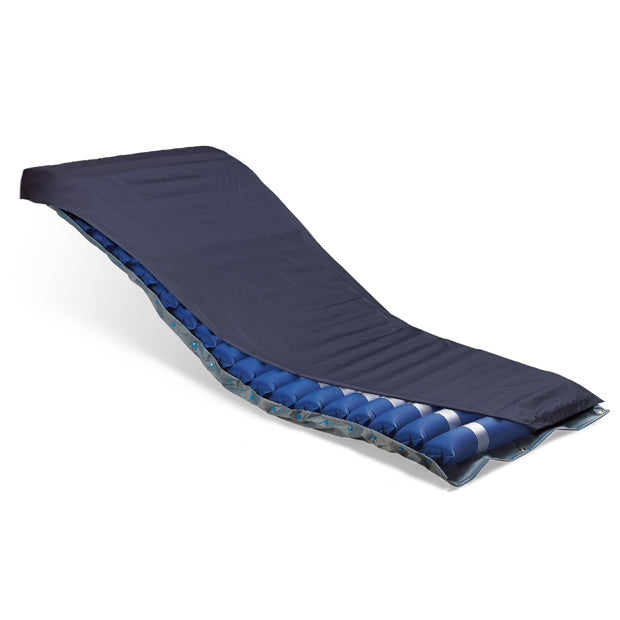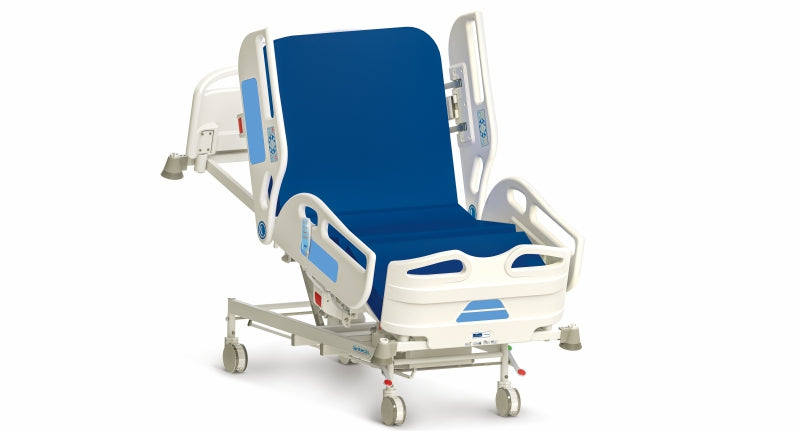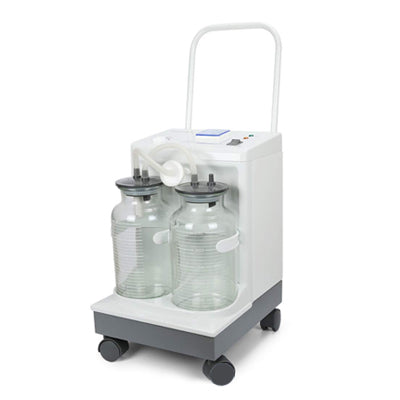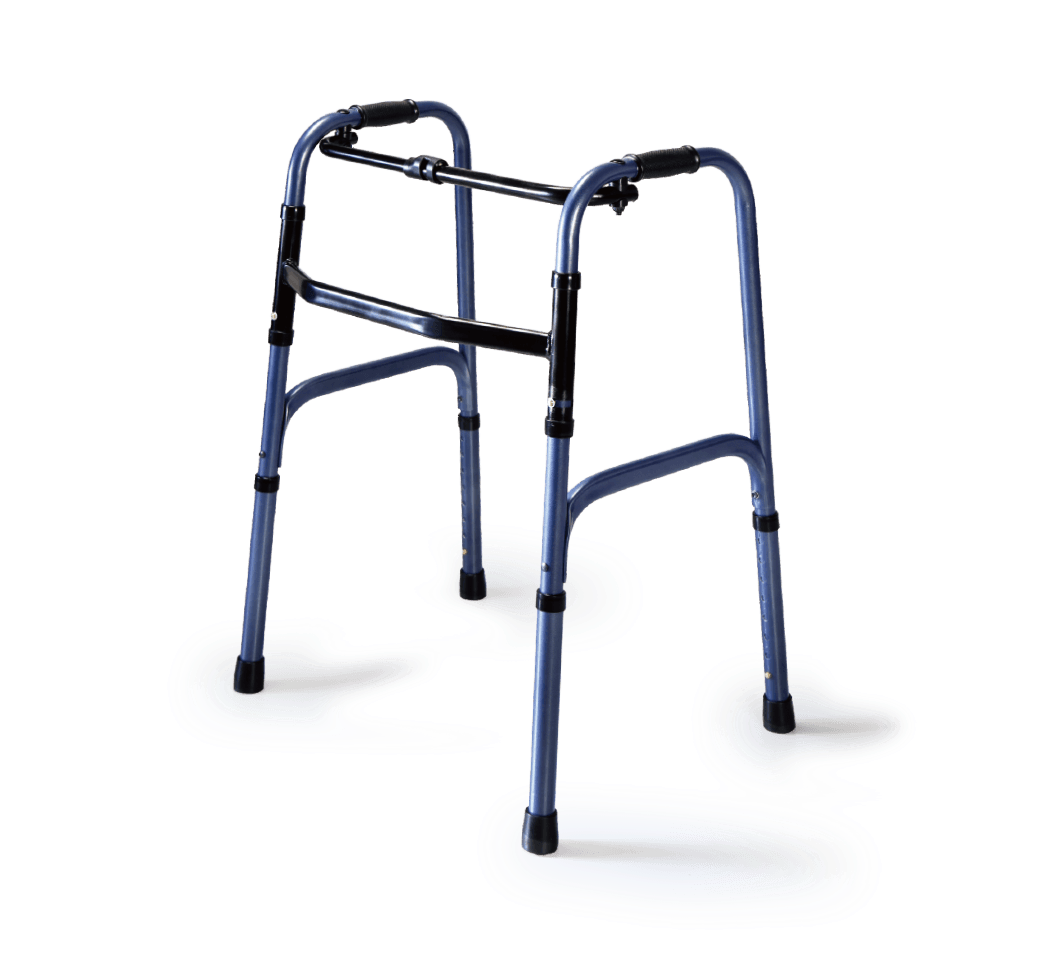Introduction:
Using a wheelchair can significantly enhance mobility and independence for individuals with physical disabilities. However, there are several important aspects and facts about wheelchairs that everyone should be aware of, whether you are a user, a caregiver, or simply someone wanting to understand more about this essential mobility aid.
Here’s what you need to know:-
Types of Wheelchairs:
Manual Wheelchair:
Manually operated wheelchairs need to be pushed by the person using them or an assistant. They are typically lightweight and are primarily self-propelled or attendant-propelled.
Self-propelled wheelchairs feature bigger back wheels that the user can operate with their hands, while assisted wheelchairs have smaller wheels that require pushing by another person.
Electric Wheelchair:
Electric or power wheelchairs are battery-operated and can be controlled using a joystick or other input devices. These wheelchairs provide greater mobility and independence for people with limited upper body strength.
Sports Wheelchair:
Sports wheelchairs are lightweight and incredibly agile wheelchairs made especially for athletic use. They are utilized in a variety of sports, including basketball, tennis, and racing, each with unique features made for the activity.
Pediatric Wheelchairs:
Smaller frames and extra features to support growth and development are characteristics specifically tailored for youngsters. In addition to being manual or electric, pediatric wheelchairs frequently come with extra features for support and comfort.
Specialized Wheelchairs:
These wheelchairs offer pressure relief and postural support by letting the user independently change the tilt angle of the seat and backrest.
Every kind of wheelchair has specific features and advantages that adapt to the various needs of people who have mobility issues. The user's lifestyle, preferences, financial situation, and degree of mobility all play a role in selecting the ideal wheelchair. Finding the best choice for a person's needs can be aided by speaking with a mobility specialist or healthcare expert.

You can add charming accessories to your wheelchair. It enhances the look of a wheelchair and reflects your style. Wheelchair users can live far better lives with the correct attachments, which can improve both comfort and functionality.
Add a few personalized touches to your wheelchair by using some accessories like a wheelchair bag, light up caster, custom cushion, cup holder, spoke reflectors etc. Accessories for wheelchairs have the ability to transform a common disability item into an enjoyable and useful tool.
Maintenance and Care:
If you properly maintain your wheelchair it enhances its longevity, safety and performance. In order to guarantee a wheelchair's lifetime, peak performance, and user safety, maintenance and care are crucial. Key guidelines for the upkeep and handling of manual wheelchairs are as follows:
Regular Cleaning:
Cleaning the wheelchair on a regular basis will help keep the frame, wheels, and seating surfaces free of dirt, dust, and other waste.
Particular attention should be paid to locations like wheel spokes, axle bearings, and upholstery seams where dirt and moisture can gather.
Inspection:
Make routine wheelchair checks to look for signs of wear, damage, or loose parts. Examine the cushions, backrests, and footrests—as well as other seating and positioning components—for signs of wear or damage.
Check Tire Pressure:
Make sure the proper pressure is applied to the tires. Tires that are either too or too inflated may affect wheelchair performance and make turning more difficult.
Seat and backrest:
Make sure that the backrest and seat are in good shape and offer the right amount of comfort and support. Any ripped or damaged materials should be replaced or repaired.

Understanding the various aspects of using a wheelchair can help users and their families make informed decisions and improve their quality of life. From choosing the right type of wheelchair to ensuring proper maintenance and advocating for accessibility, knowledge is key to maximizing the benefits of this essential mobility aid. Whether you're new to using a wheelchair or seeking to support someone who does, being informed is the first step toward a more accessible and inclusive world.




